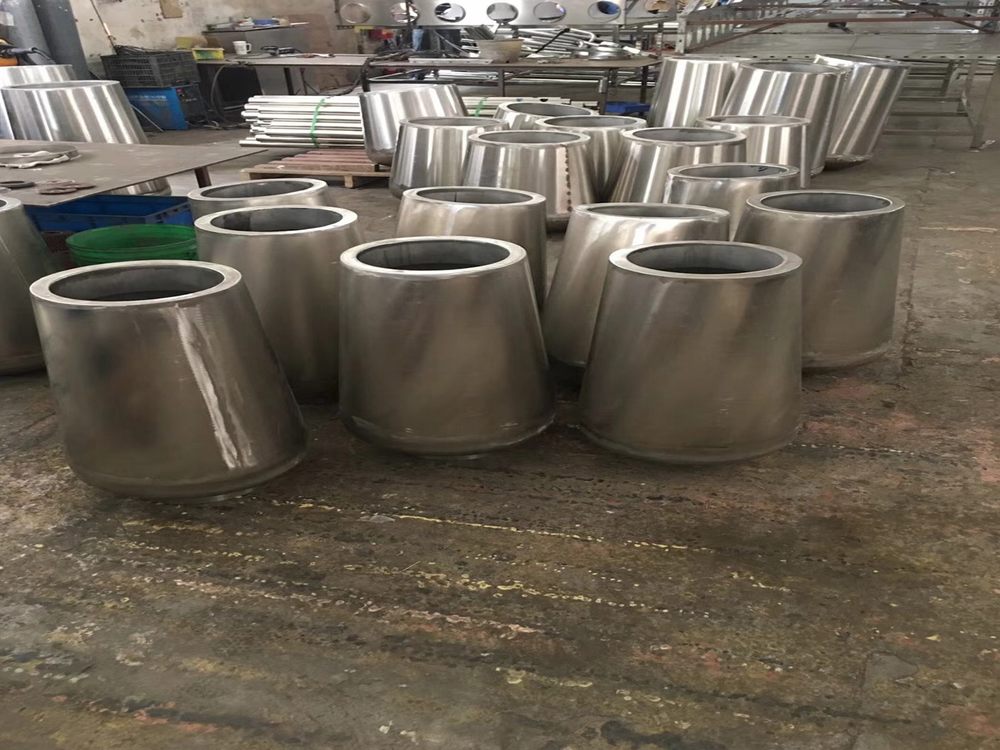
Porcelain sculptures have long been admired for their delicate beauty, but some artists push boundaries by incorporating kinetic or moving elements into their work. This fusion of traditional ceramic artistry with mechanical motion creates captivating pieces that engage viewers in unexpected ways.
The process begins with meticulous planning. Artists must consider both the sculptural form and the intended movement, often sketching designs that account for balance, weight distribution, and motion range. The porcelain components are carefully crafted to be thin enough for movement yet strong enough to withstand stress.
Key techniques include:
1. Hidden pivot points - Strategically placed joints allow sections to rotate or sway
2. Suspension systems - Fine wires or transparent filaments create floating effects
3. Magnetic interactions - Carefully positioned magnets produce subtle movements
4. Wind-responsive elements - Delicate porcelain fins or sails catch air currents
Challenges abound in this specialized art form. Porcelain's fragility demands precise engineering, as moving parts must function without causing stress fractures. Artists often test prototypes in clay before committing to porcelain. Environmental factors like humidity can affect performance, requiring climate-conscious designs.
Contemporary artists like Beth Cavener and Christopher David White have pioneered innovative approaches, blending ceramic traditions with kinetic principles. Their works demonstrate how motion can transform porcelain from static object to living art, where the play of light on moving surfaces creates ever-changing visual poetry.
This evolving art form continues to grow as new technologies emerge, offering artists fresh possibilities for combining porcelain's timeless elegance with the dynamism of movement. The result is a breathtaking synthesis of craft and motion that challenges our perceptions of ceramic art.

